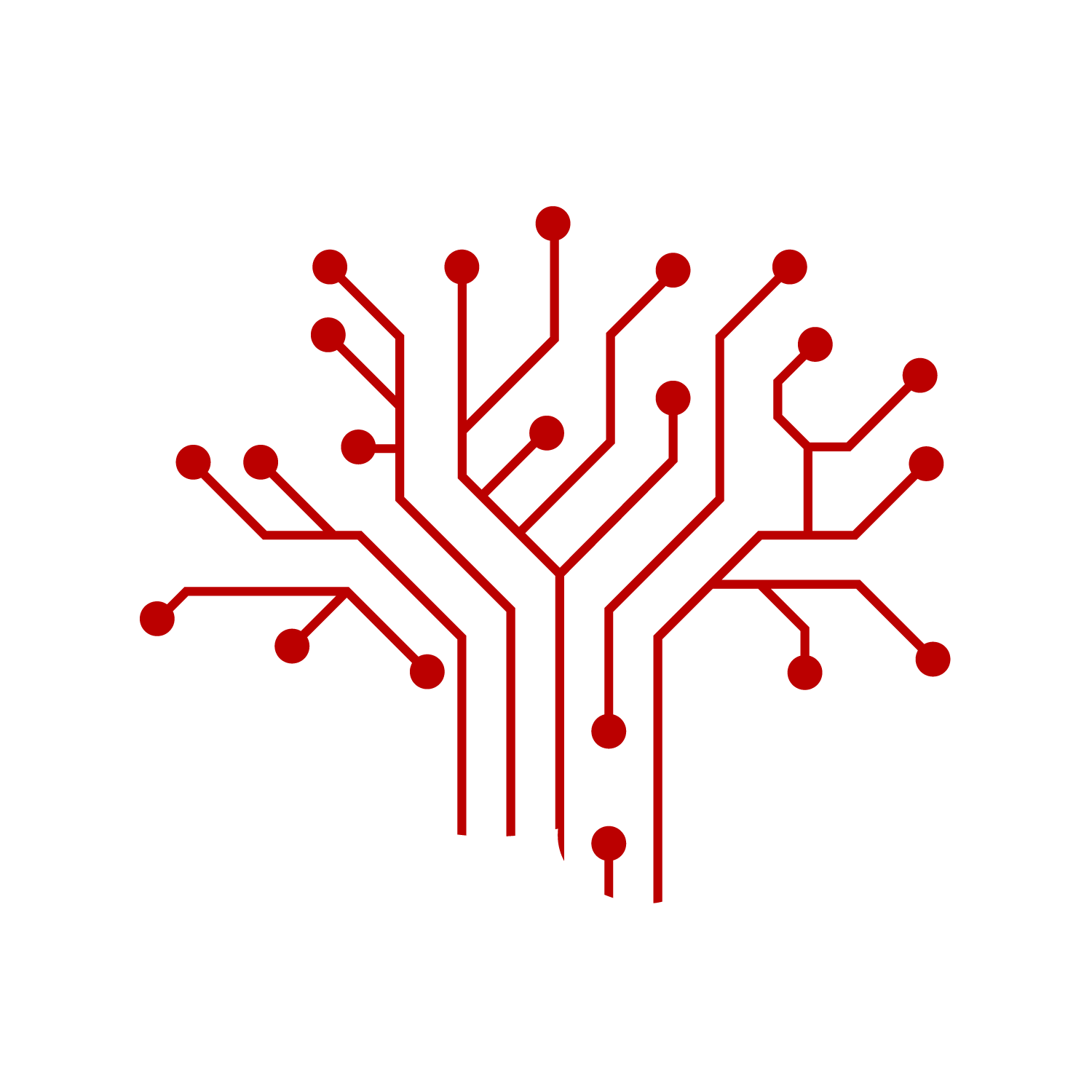Neurons to Neighborhoods Tackles Early Brain Development Research, Policy Challenges
October 28, 2016

If there was one critical takeaway from Carnegie Mellon University’s first Neurons to Neighborhoods event, it was the vital role that parents, teachers and caregivers play in healthy brain development in children.
“The parent is the ultimate stimulus for the child. They’re the ultimate regulator, for better or worse,” said Nim Tottenham, associate professor of psychology at Columbia University and one of the research experts at the event.
The day-long session, sponsored by CMU’s BrainHub in collaboration with the Heinz Endowments, brought together neuroscientists and representatives of nearly 50 community organizations that work with child care, teaching, the child welfare system and policymaking. The cross-talk between brain scientists and community leaders is at the heart of the Neurons to Neighborhoods concept, said Gerry Balbier, executive director of BrainHub.
“There’s an audience out there that is hungry for information that they can apply to their daily work,” he said.
Added Michelle Figlar, vice president for learning at the Heinz Endowments, which is helping fund the sessions, “I think this seminar built on the new brain research that is happening right in our back yard.”
Nathan Fox, a professor at the University of Maryland, focused on the importance of the environment for young children, using the grim example of the state institutions that housed many of Romania’s children under the regime of Nicolae Ceausescu.
The Romanian institutions in the 1980s and ‘90s were filled with children abandoned by their parents who received very little physical affection or intellectual stimulation from their overburdened caretakers. Fox helped lead studies that showed that if such children were put into stable foster care before the age of 2, they developed fairly normally. But overall, by the age of 12, even those who were in foster care had significantly lower IQs than children who had never been in an institution, he said.
Chuck Nelson, a pediatrics professor at Harvard University, noted that there are several critical brain development periods in a child’s early years for such abilities as vision and language. The good news, he added, is that learning and memory don’t seem to have such critical periods: they are skills that people can develop throughout their lifetimes.
Tottenham said the brain’s emotional reaction center, a structure known as the amygdala, develops much more quickly than the brain’s ability to regulate emotions, which is centered in the prefrontal cortex. Throughout childhood, she said, children depend on the relationship they have with their parents and other key adults to help them govern their emotions.
To enhance parents’ ability to boost their children’s brain development, the Bezos Family Foundation has developed a package of tips and activities under the title of “Mind in the Making.” Ellen Galinsky, chief science officer of the foundation, said the initiative is aimed at developing seven critical brain growth skills in children, including self-control, being able to understand other people’s perspectives, critical thinking and good communication.
John Lydon, the CEO of the Auberle Foundation, a Catholic agency that serves more than 3,400 at-risk children, was highly impressed with the program.
“The research that’s being done in neuroscience is incredible and it’s happening lightning quick, so it’s hard for people in the nonprofit community to keep up with cutting edge discoveries. To be able to go to a presentation that had both experts and people in the public sector asking ‘What do we do about this?’ was a rare opportunity,” Lydon said.
Marlene Behrmann, the Cowan Professor of Cognitive Neuroscience in CMU’s Department of Psychology, was just as excited to interact with community representatives.
“What I took home from this is that not only do adverse learning conditions affect an individual learner, they can be perpetuated over the life of the individual and it can become kind of intergenerational,” she said.
Behrmann’s CMU colleague David Rakison, an expert in infant and early childhood development, believes scientific research is far enough along that it can begin to be implemented.
“It is time to translate the science into practice. It is vital that we continue to encourage and host events like Neurons to Neighborhoods because it generates an open forum among scientists, practitioners, policy makers and parents. With all we now know about the developing brain, these conversations can now make a big impact,” said Rakison, associate professor of psychology.
Future Neurons to Neighborhoods sessions will focus on the adolescent brain, the adult brain and emerging neurotechnologies.
Videos:
- Marlene Behrmann Live From Neurons to Neighborhoods
- BrainHub’s Vision for Neurons to Neighborhoods
- A User’s Guide to How (and How Not to) Build a Brain
- The Importance of Sensitive Periods Early in Life on Brain and Behavioral Development
- Policymaker’s Response: Lisa Watson
- Policymaker’s Response: Erin Dalton
- Policymaker's Response: Reverend Brenda J. Gregg
- Policymaker's Response: Natalia Rudiak
- The Neurobiology of Emotion Regulation Development and the Role of the Early Environment
- Groundbreaking Applications of Brain Research
- Early Brain Development Research: Call to Action
- Early Brain Development Research: Moving Forward
_____
By Mark Roth

